The State of Mental Health Support in Climate Emergencies
NonProfit Quarterly
JANUARY 26, 2024
Image credit: DOERS on istockphoto.com Studies of climate change impacts “have largely focused on physical health,” according to a policy brief issued in summer 2022 by the World Health Organization (WHO). And as the climate crisis continues, whose mental health is most at risk? They may lose their homes.


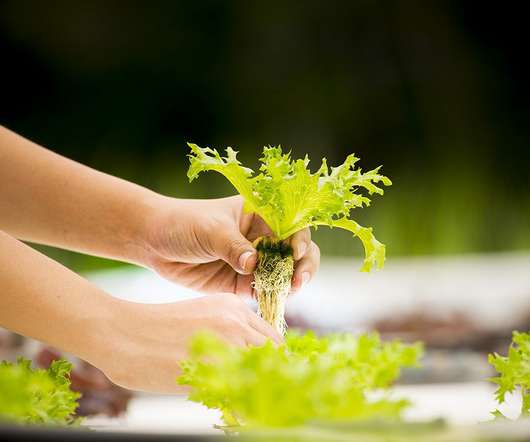


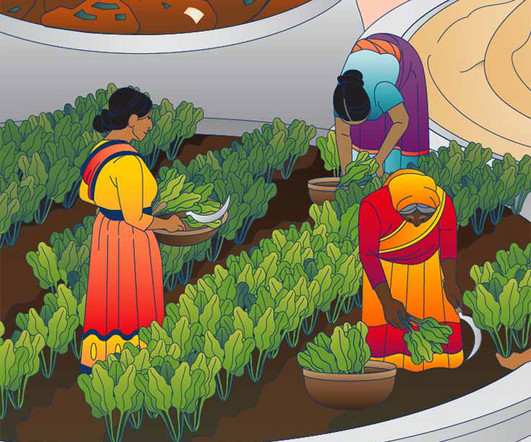


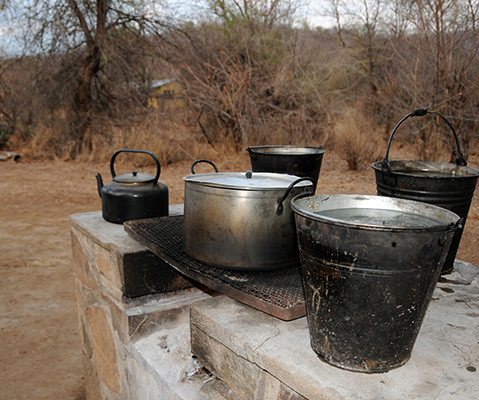

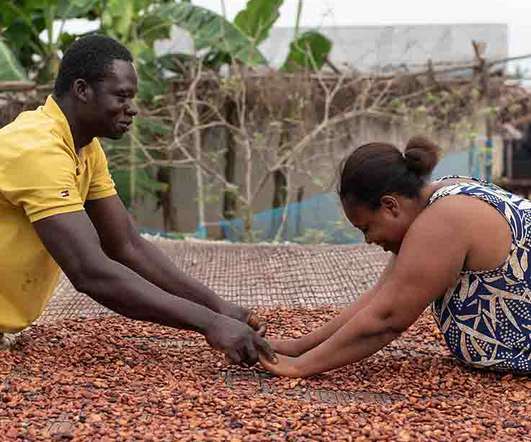
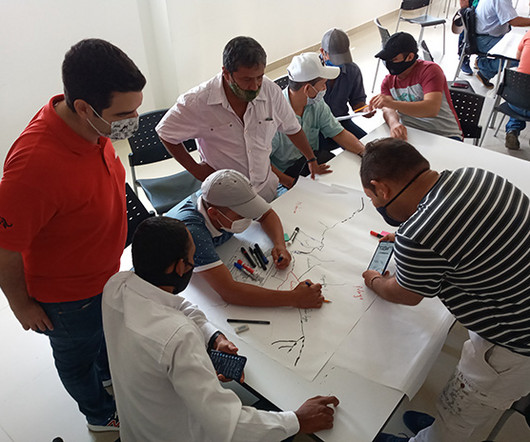








Let's personalize your content